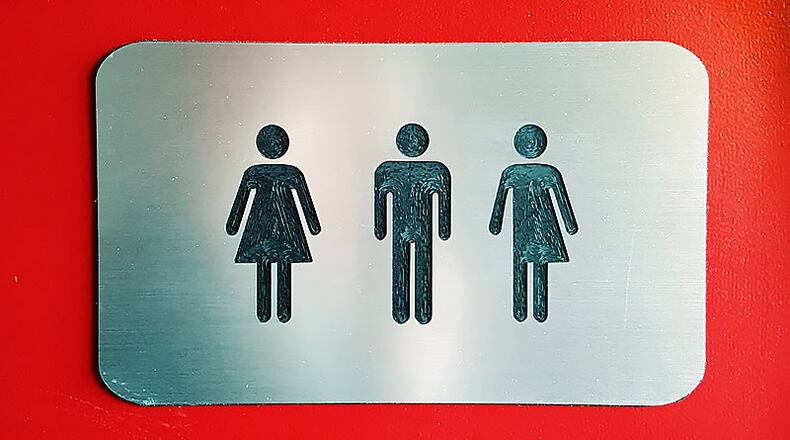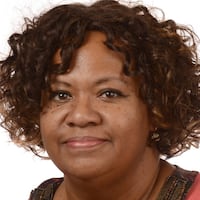The 11th Circuit Court of Appeals will hear oral arguments in Atlanta on Dec. 5 on a Florida ruling that granted a transgender student the right to use the bathroom of the gender he identified with although it wasn’t the one he was born with. Although the case is in another state, rulings in the 11th Circuit affect Georgia.
There has been recent uproar about transgender students and bathrooms a little closer to home.
» MORE: Schools await ruling as transgender students pose sensitive issues
Pickens County has rescinded a policy similar to the Florida ruling. Once the superintendent and board of education members started receiving death threats and the community was divided on what to do, he decided to wait and see what happens in court.
The issue of how schools should accommodate transgender youths is relatively new, and even some of the words people use can stir argument. Some words themselves are likely new to many people. These are some of the definitions in the publication “Schools In Transition: A Guide for Supporting Transgender Students in K-12 Schools,” produced by the LGBTQ advocacy group Gender Spectrum, the American Civil Liberties Union, the National Education Association and others.
Gender: Complex relationship between physical traits and one's internal sense of self as male, female, both or neither (gender identity), as well as one's outward presentation and behaviors (gender expression).
Gender Binary: A social system that constructs gender according to two discrete and opposite categories — male or female.
Gender-expansive: Refers to a wider, more flexible range of gender identities or expressions than those typically associated with the binary gender system.
Transgender: Describes a person whose gender identity is different from what is generally considered typical for their
sex assigned at birth.
Gender Nonconforming: Describes a person whose behaviors or gender expression falls outside what is generally considered typical for their assigned sex at birth.
Cisgender: A term for people whose gender identity aligns with the sex they were assigned at birth.
Gender Expression: How a person expresses their gender through outward presentation and behavior. This includes, for example, a person's name, clothing, hair style, body language and mannerisms.
Gender Identity: A personal, deeply-felt sense of being male, female, both or neither.
Gender Dysphoria: An intense and persistent discomfort with the primary and secondary sex characteristics of one's assigned birth sex.
Transition: The process through which transgender people begin to live as the gender with which they identify, rather than the one typically associated with their sex assigned at birth. Social transition may include things such as changing names, pronouns, hairstyle and clothing. Medical transition may include medical components like hormone therapy and gender affirming surgeries.
Transphobia: Irrational fear or hatred of, or violence, harassment or discrimination perpetrated against transgender people.
Sexual Orientation: Term that describes a person's romantic or sexual attraction to people of a specific gender or genders. "Lesbian," "gay," "bisexual" and "straight" are examples of sexual orientations.
About the Author
The Latest
Featured


